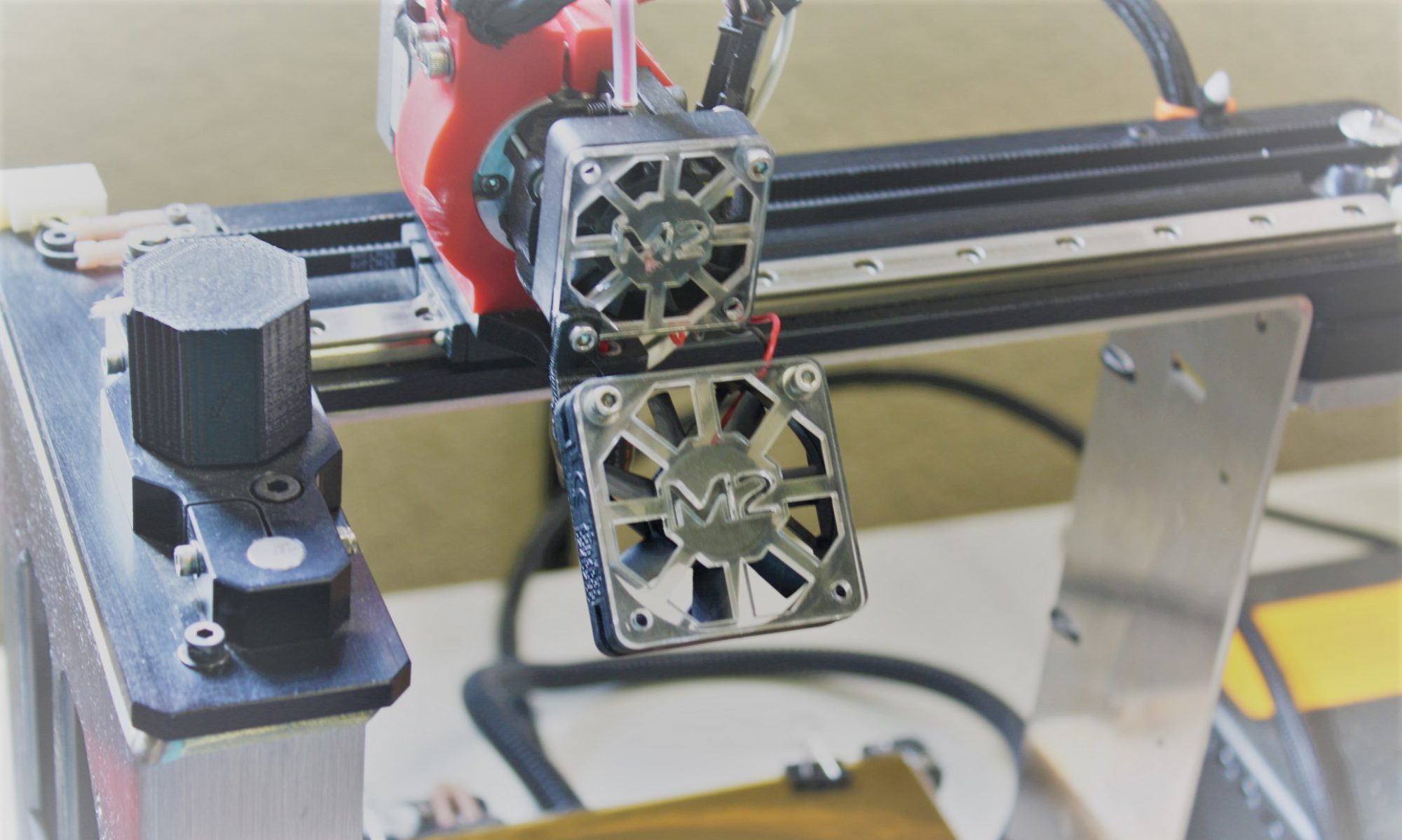There are a few other odds and ends to point out on this toy that I haven’t addressed.
It isn’t unusual to see a toy with a broken barrel on the turret:

This part is pretty complicated and the barrel is pretty thin. A ShapeWays part could be made, but I don’t know if it is really worth the trouble. A new barrel could be fashioned from styrene and painted without too much trouble.
One of the main culprits in there being so many broken walking drums on these toys is that the release levers the push through the tracks are difficult to discover:

The molded in text of “push” is difficult to see on the toy. Also, it isn’t immediately obvious what needs to be pushed on.

When the toy is fully assembled you can not open the lever all the way like this, but if you could it would make it more obvious what was going on. This lever is directly disengaging the drive pin. If you don’t push the lever and just jam the track back in, a tremendous amount of stress is placed on the walking drums.
Occasionally, you’ll come across one of these with the lever missing. Again, I just haven’t bothered making a replacement. If someone reached out to me asking for it, it could be done.
Well, that is all the electrons I think are worth spilling on this topic. This was an impressive toy in its day, and is certainly an interesting example of a large number of design techniques.























